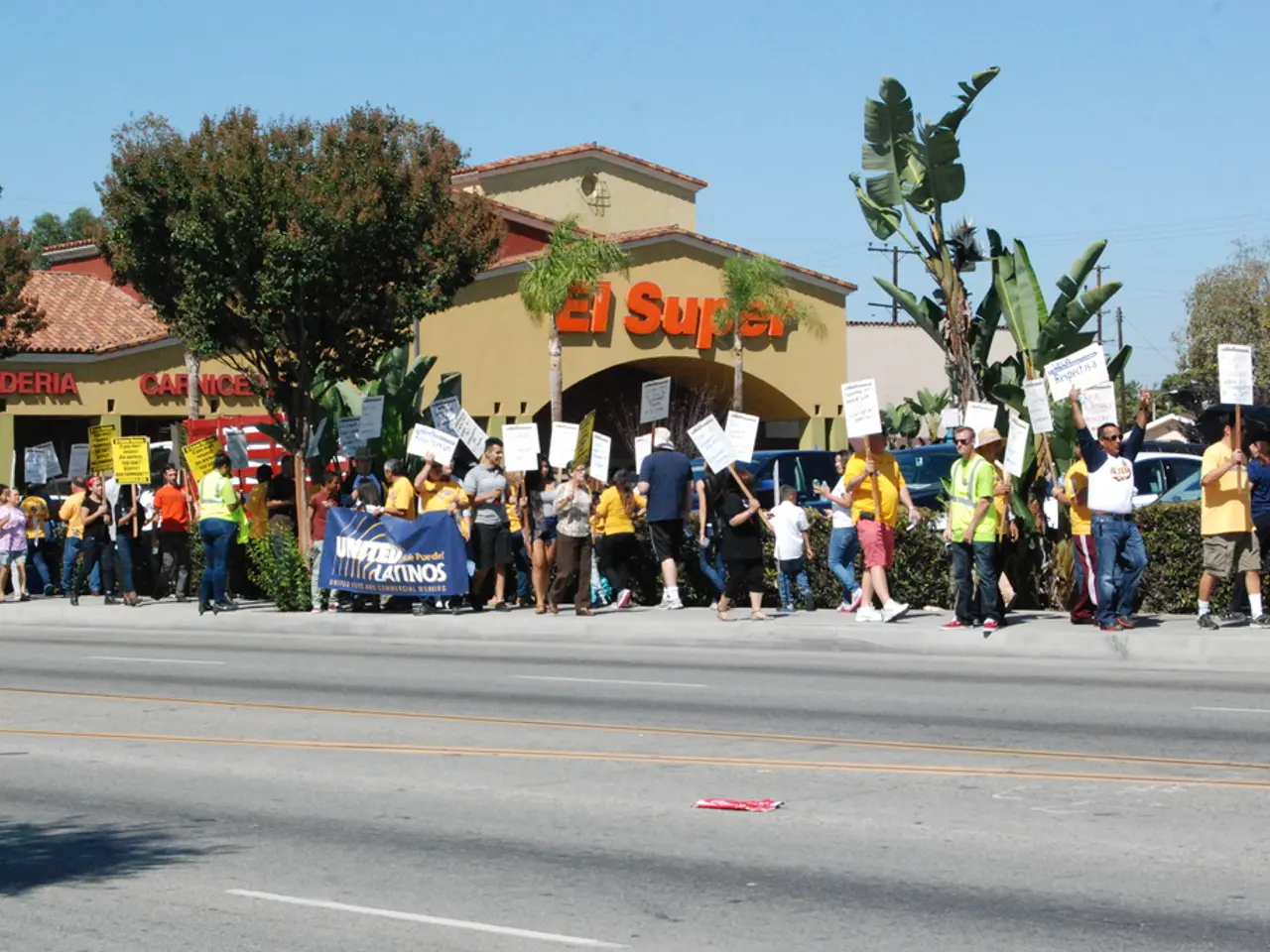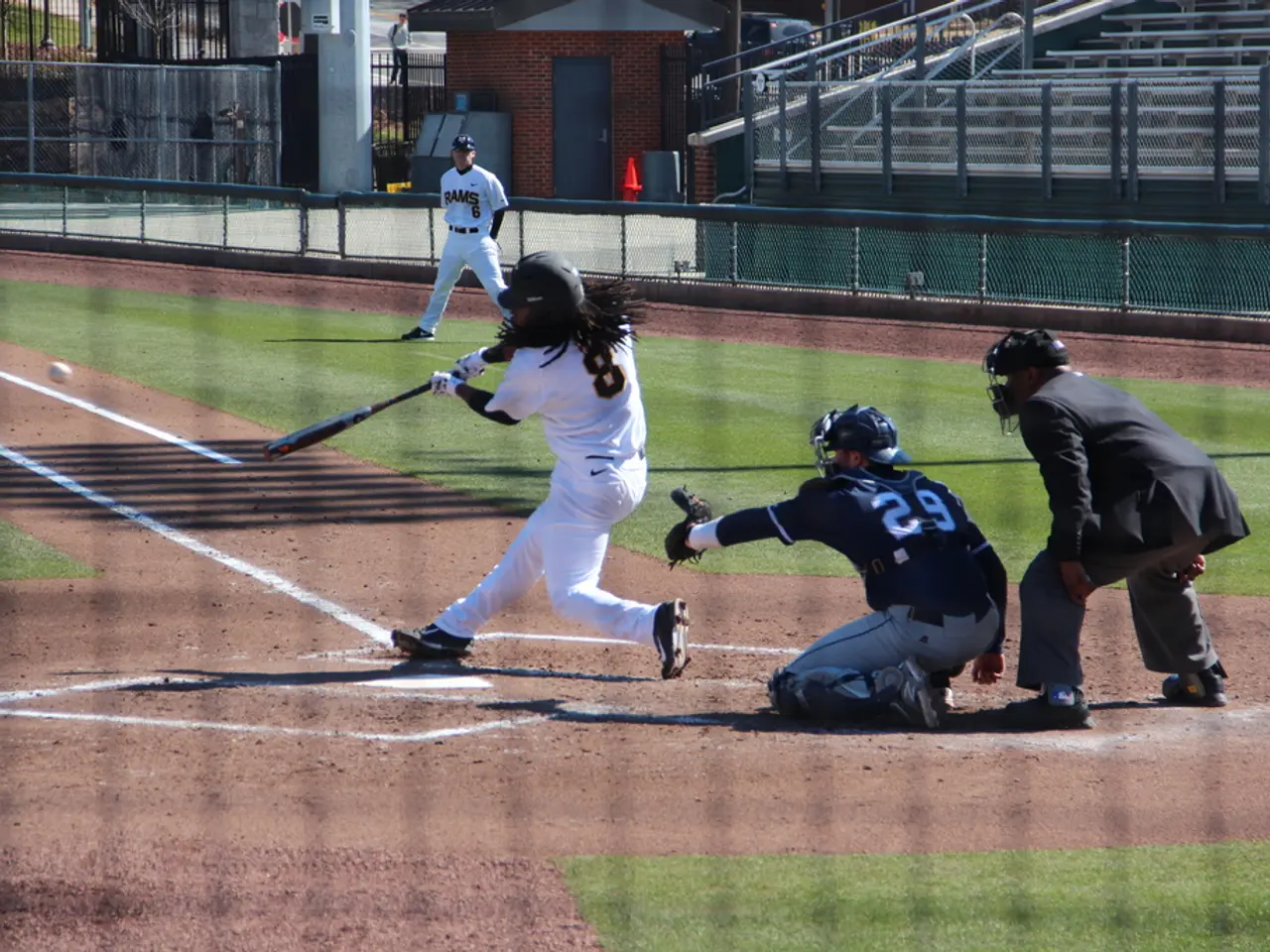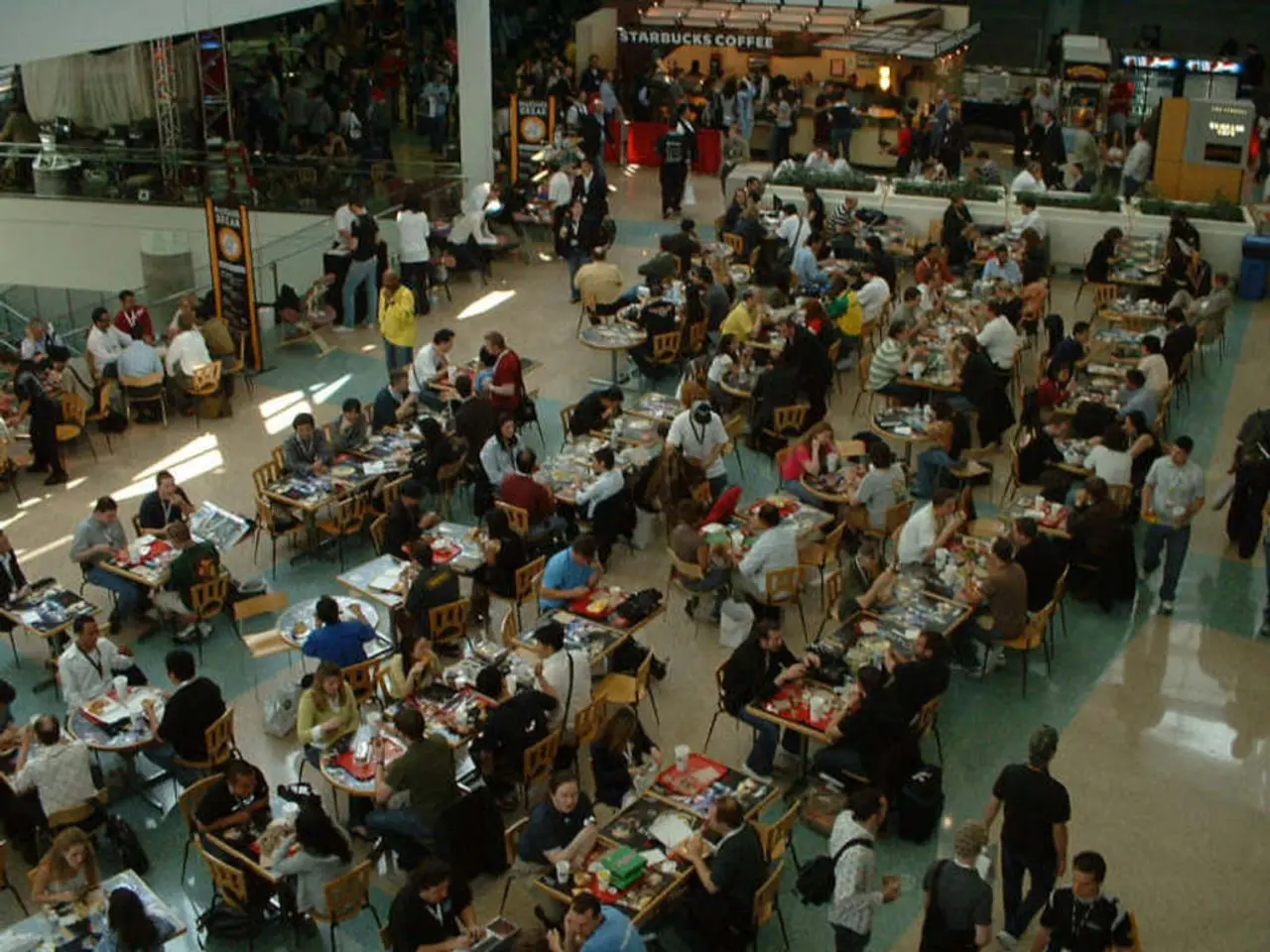Ukrainian drone attacks lead to detonations - Ukrainian drone attacks resulted in detonations noted by authorities
In the ongoing conflict between Ukraine and Russia, drone warfare has taken centre stage. Russia has significantly escalated its drone strikes against Ukraine, launching over 6,000 drones in a single month, according to reports from July 2025 [3]. This vast quantitative advantage has enabled Russia to surpass Ukrainian air defenses and terrorize civilian areas [1].
Ukraine, however, has not been idle. The country has been actively employing drones for reconnaissance, targeting Russian military assets, and counterattacks. Notable among these operations is Ukraine’s Operation Cobweb in June 2025, which resulted in the damage of about twenty Russian military aircraft across multiple airbases [2]. Ukrainian drones have also been targeting Russian armored units, artillery, and logistical points near front lines, and intercepting Shahed bomber drones entering their airspace [2][4].
The focus of these drone attacks has been on intensifying bombings inside Ukraine and targeted strikes on Russian military infrastructure deeper within Russia, including airfields and arms factories. However, specific drone strike details or explosions in regions like Samara, Penza, Ryazan, and the Volga area are not extensively documented in current public reports [1][2][3][4].
In the Samara region, a video circulating on social media shows a massive explosion and fireball at an oil processing plant near Samara on the Volga. Similarly, the oil processing plant in the Ryazan region was reportedly hit by a drone attack. The Russian Defense Ministry has reported the downing of over 100 Ukrainian drones [5].
Despite these reports, no official confirmation has been made regarding damages or injuries from the drone attacks. Authorities in the affected areas have confirmed drone attacks but have not reported any damages or injuries [6]. Governor Pavel Malkov of the Ryazan region confirmed the drone attack but provided no further details [7].
The drone threat has even extended to civilian areas, as evidenced by the temporary suspension of take-offs and landings at the Samara region’s airport due to the drone threat [8].
In conclusion, the drone war in mid-2025 has seen Russia leverage its quantitative advantage, while Ukraine employs technology and tactical innovation to degrade Russian military assets and conduct counterstrikes. However, specific details about drone strikes or explosions in certain regions, such as Samara, Penza, Ryazan, and the Volga region, remain unclear in current public reports.
Community policy makers are urged to address the escalating drone warfare between Ukraine and Russia, particularly in the employment of drones for military purposes. This war-and-conflicts issue has significant implications in the general-news sphere, including the potential for drone strikes to impact employment policies in communities located near affected zones.
As both nations employ drones extensively in their conflict, concerns about civilian safety and collateral damage from drone attacks in regions like Samara, Penza, Ryazan, and the Volga area persist, warranting closer scrutiny in politics and the development of stricter guidelines for the use of drones in warfare.







